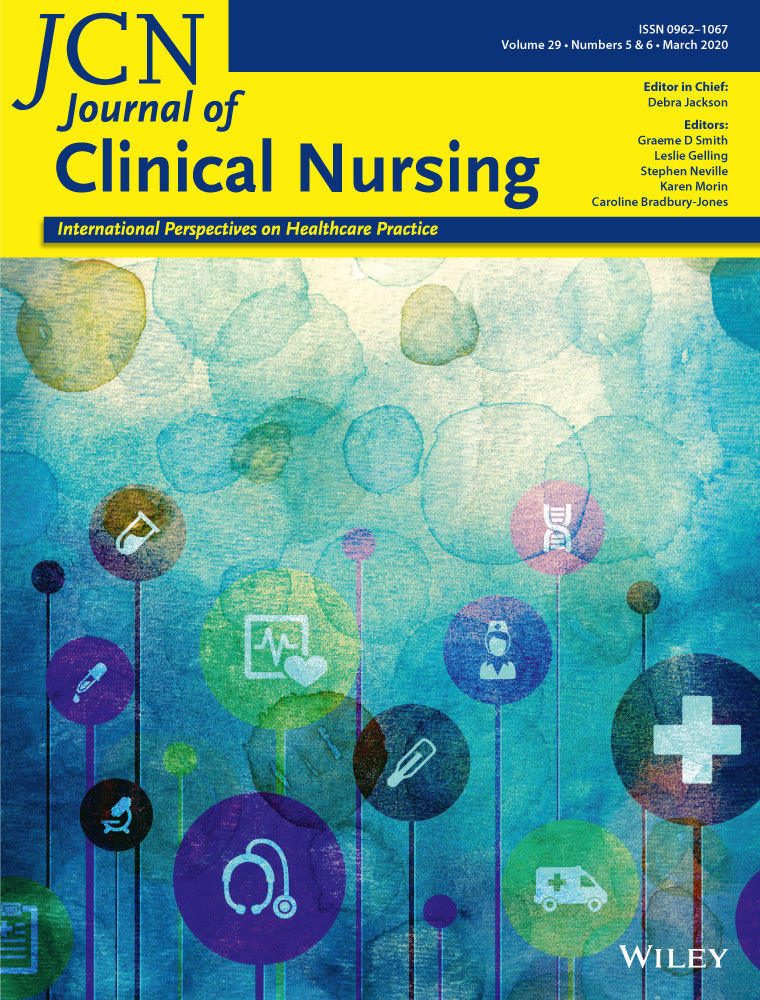“Sage on the stage or guide on the side”—Undergraduate nursing students’ experiences and expectations of bioscience tutors in a blended learning curriculum: A qualitative study
Abstract
Aims and objectives
This study sought to explore undergraduate nursing students’ perceptions of the role and value of their bioscience tutors in a blended learning curriculum.
Background
Blended learning approaches typically have reduced face-to-face contact with tutors—particularly in bioscience subjects which nursing students have traditionally found difficult, and the move to more web-based learning resources may compound this difficulty.
Design
Qualitative descriptive study.
Methods
This qualitative study was conducted with 19 undergraduate nursing students enrolled in bioscience subjects, at a large university in outer metropolitan Sydney, Australia in 2016. Semi-structured interviews were conducted over the telephone or face-to-face. Duration of interviews ranged from 13 to 71 min. Results were thematically analysed. EQUATOR guidelines for qualitative research (COREQ) applied.
Results
Two main themes with accompanying sub-themes were identified. The first theme identified the importance of the tutor in bioscience, including their qualities, expertise and contextualisation of learning. The second theme provided insights into students’ perceptions of what they considered good and poor approaches to learning.
Conclusions
This study has clearly shown that while nursing students appreciated the flexibility offered by the online component of a blended learning curriculum, they still wanted an experienced bioscience tutor with clinical experience for their face-to-face classes. While the tutor was seen as crucial to providing clarification and context for content that was often challenging, they also played a key role in engaging and motivating students and creating a learning environment where students felt empowered to ask questions and debate issues with their peers. Given the increased use of online learning, further research could determine if the current study findings are also applicable in nonscience areas of study.
Relevance to clinical practice
The importance of students having a sound understanding of the biosciences for safe, effective clinical practice cannot be underestimated.
CONFLICT OF INTEREST
The authors declare that they have no competing interests.
Open Research
DATA AVAILABILITY STATEMENT
The datasets generated and/or analysed during the current study are not publicly available and are not included within the article or in additional files due to the small study numbers and the likelihood of identification of participants.




